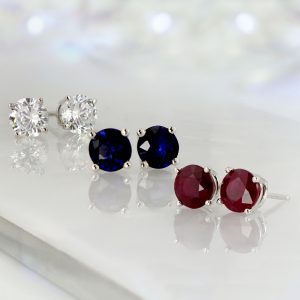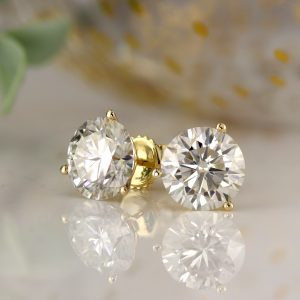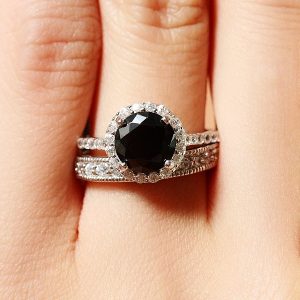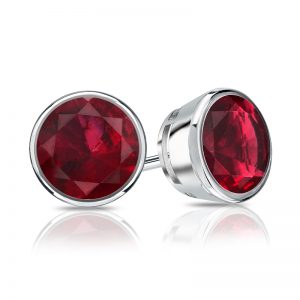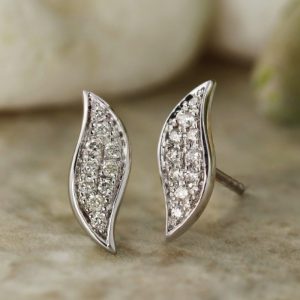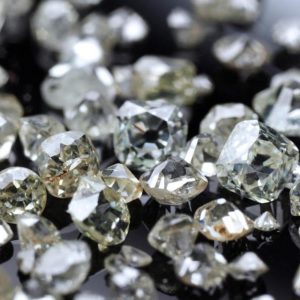There are many different ways to set gemstones in jewelry. One of the most popular is the bezel setting, a smooth and sleek setting that holds gemstones securely in place. Bezel settings can be used for any type of jewelry, including earrings, rings, pendant necklaces, and bracelets. Are you familiar with the bezel setting? Is a bezel setting right for you? In this post, we’ll cover everything you need to know about bezel settings.
What is a Bezel Setting?
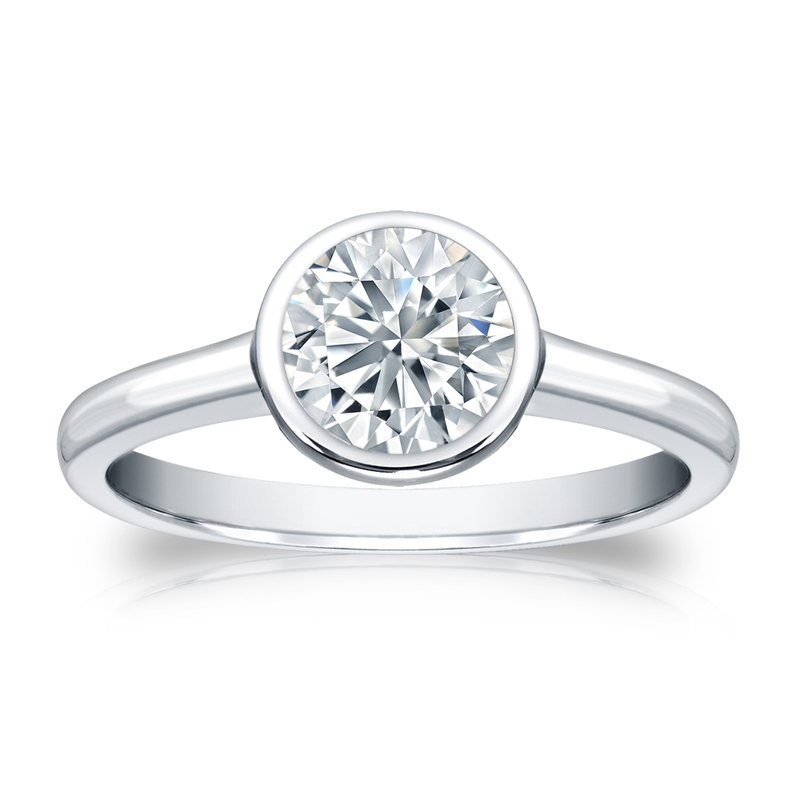
A bezel setting is a way of enclosing a diamond or gemstone within a piece of jewelry. Bezel settings have a simple, sleek design. They consist of a ring of metal, which fits around a gemstone to hold it securely in place.
Bezel settings are the oldest type of setting, so you’ll commonly see it used in antique and antique-inspired jewelry. Bezel settings are one of the easiest types of settings to create, which is probably why jewelers in ancient times came up with the design.
While bezel settings were used frequently in ancient times and can work beautifully for vintage styles, many of the bezel settings used today have a more modern style. The modern technology available for creating bezel settings can give them a super sleek, contemporary look.
Bezel Settings Are Incredibly Secure
Perhaps the best thing about bezel settings is their security. Unlike prong settings, bezel settings fully surround a gemstone. While prongs sometimes become loose over time, putting you at risk of losing a stone, bezel settings are incredibly secure.
Bezel settings are also more protective than other types of settings. Because bezel settings cover more of a gemstone than prong settings, they offer better protection from the impact of bumps and drops. While this is great for every gemstone, it’s particularly helpful for protecting gemstones that are more fragile, such as emeralds.
They Can Make Diamonds and Gemstones Look Bigger
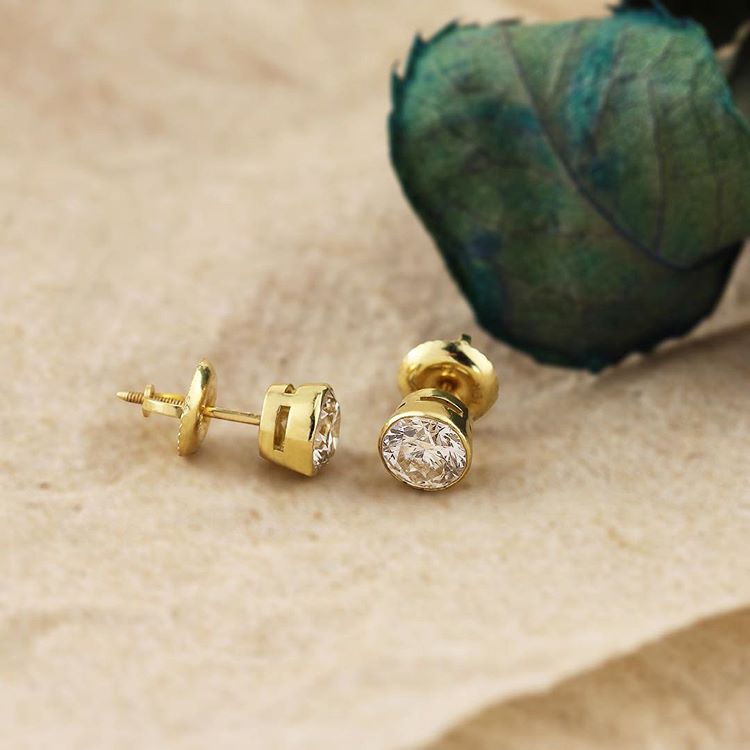
Another advantage of bezel settings is that they can make a gemstone look bigger. Because they fully surround a gemstone, bezel settings add to a gemstone’s visual impact, especially when used in stud earrings, rings with raised settings, and solitaire pendants.
Bezel Settings Come In Different Shapes and Styles
While a full bezel setting (one that completely encloses a gemstone) is the most common type of bezel setting, there are also bezel settings called partial bezels. A partial bezel is a bezel setting that doesn’t fully surround a gemstone; they often hold a gemstone in place by enclosing it only on its sides. These partial bezel settings are sometimes called half bezels, open bezels, or semi-bezels.
In addition to the different shapes of the bezel setting, you’ll also find bezel settings with different styles. Bezel settings can be smooth and unadorned, giving them a contemporary look, or highly detailed with engravings, which gives them a romantic, vintage, or antique look.
They Work With Any Diamond or Gemstone Shape
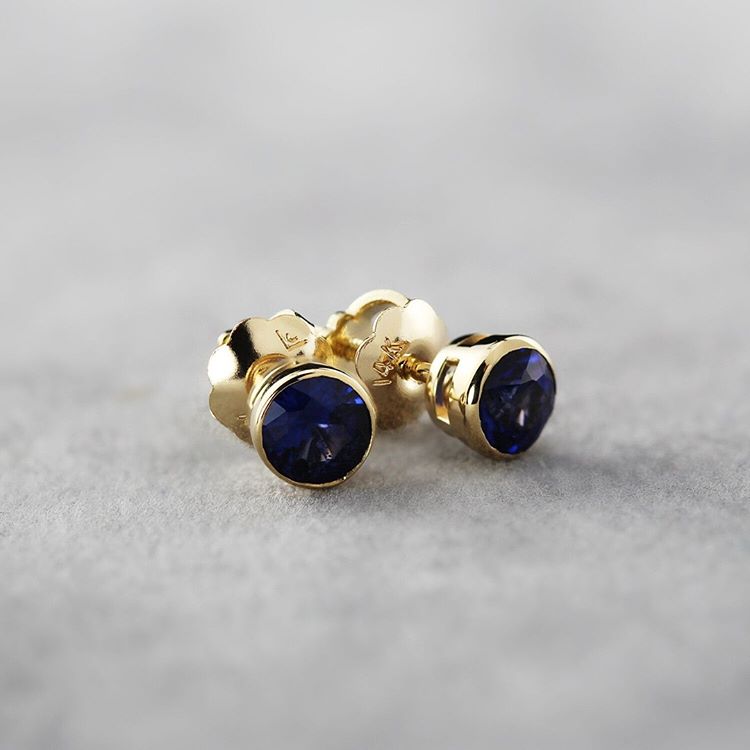
While they’re most commonly used to set round diamonds or gemstones, bezel settings work for any shape. You’ll find bezel settings for
They Can Hide Flaws
Because bezel settings cover the edges of a gemstone, they can be useful for hiding flaws. For example, if a diamond has a chip on its edge, this can be completely covered with a bezel setting. Or, if a gemstone has noticeable inclusions on its edges, a bezel setting can greatly minimize their visibility.
Clarifying a Common Misconception: Bezel Settings Always Dull A Diamond’s Sparkle
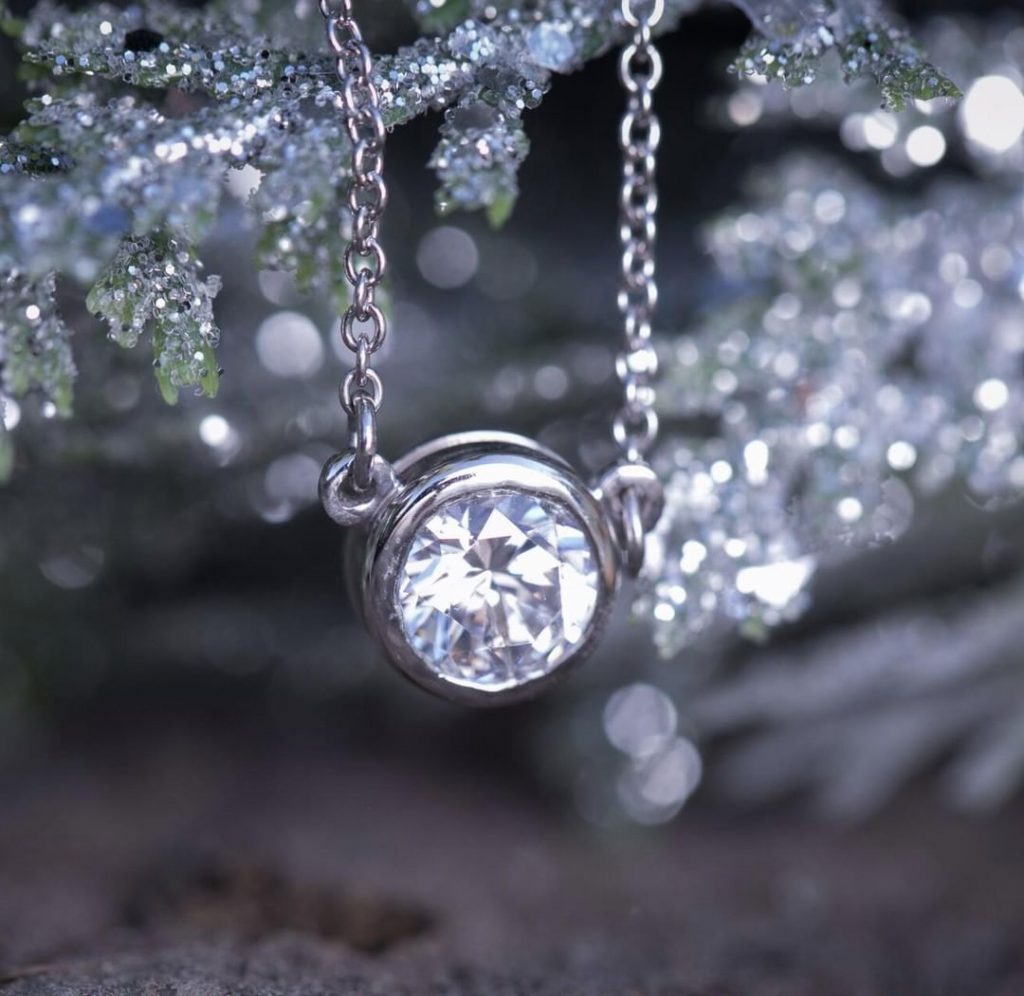
There’s a common misconception about bezel settings: that they always dull the sparkle of a diamond. While it’s true that bezel settings allow for less light entry than prong settings, this doesn’t mean a bezel set diamond will be dim or lack brilliance.
Diamonds receive most of their light from their table (the top of a diamond), which is still exposed in a bezel setting. While poorly made bezel settings may cover too much of a diamond, harming its ability to reflect and refract light, well-made bezel settings will allow maximum light to enter a diamond’s table, which lets the diamond sparkle beautifully.
Bezel Setting Cleaning Tips
If a bezel setting is flush with its enclosed gemstone, it’s one of the easiest settings to clean. However, if it’s not flush, dirt can sometimes get stuck in the space between the gemstone and bezel.
To clean a bezel setting at home, we recommend using warm soapy water and a small, soft brush (like a soft toothbrush) to clean it. It’s best to not do this over an open drain— you wouldn’t want to drop your jewelry!
And, of course, like every other setting, bezel settings should receive professional cleanings to look their best. For frequently worn rings, whether they’re bezel set or prong set, you should get a professional cleaning at least once a year.







 1-855-969-7883
1-855-969-7883 info@diamondstuds.com
info@diamondstuds.com



